Nationality Czech Known for Hittitology | Fields Orientalist Name Bedrich Hrozny | |
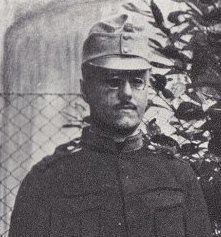 | ||
Died December 12, 1952(1952-12-12) (aged 73)Prague, Czechoslovakia | ||
VALAŠSKÉ MEZIŘÍČÍ: Headline výstava Bedřich Hrozný
Bedřich (Friedrich) Hrozný ( [ˈbɛdr̝ɪx ˈɦrozniː]; May 6, 1879 – December 12, 1952) was a Czech orientalist and linguist. He deciphered the ancient Hittite language, identified it as an Indo-European language and laid the groundwork for the development of Hittitology.
Contents
- VALASK MEZI Headline vstava Bedich Hrozn
- 2015 Bedich Hrozn rozlutil chetittinu 1080p
- Biography
- Career
- Deciphering of the Hittite language
- Publications
- References
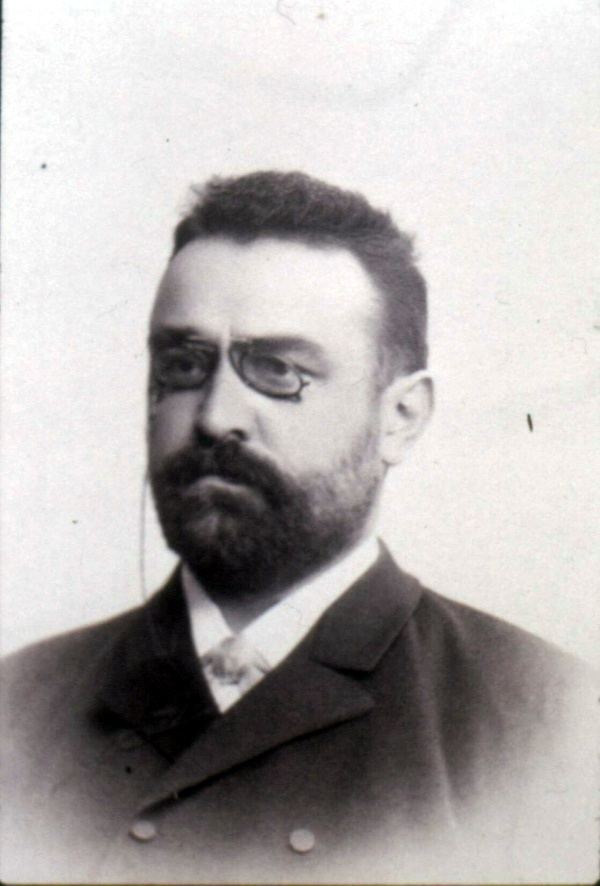
2015 Bedřich Hrozný rozluštil chetitštinu 1080p
Biography
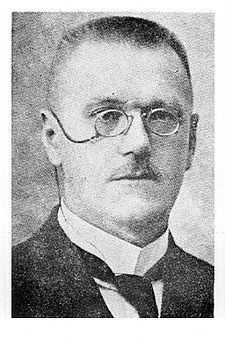
Hrozný was born in Lysá nad Labem, Bohemia, Austria-Hungary. In the town of Kolín he learned Hebrew and Arabic. At the University of Vienna, he studied Akkadian, Aramaic, Ethiopian, Sumerian and Sanskrit, as well as the cuneiform used in Asia Minor, Mesopotamia and Persia. He also studied orientalism at Humboldt University of Berlin.
Career
In 1905, following excavations in Palestine, he became Professor at the University of Vienna.
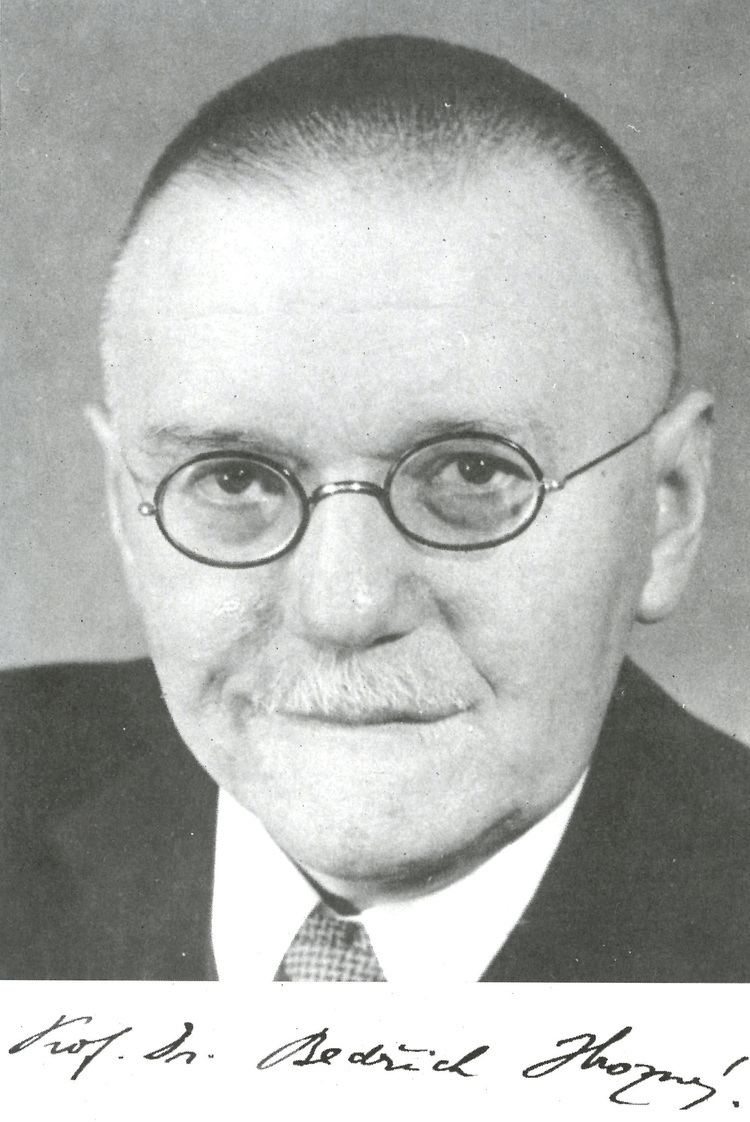
In 1906, at Hattusa (modern Boğazkale, about 200 km east of Ankara) a German expedition found the archives of the Hittite kings in cuneiform, but in an unknown language. While on active duty in the Austro-Hungarian army during World War I, Hrozný published in 1917 a description of the language showing that it belonged to the Indo-European family.
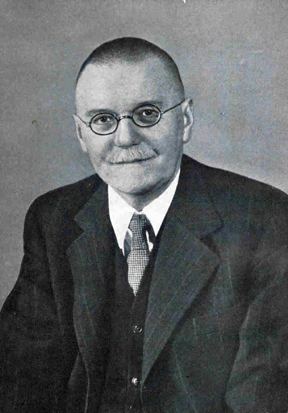
In 1925 Hrozný led a Czech archaeological team that discovered 1000 cuneiform tablets containing contracts and letters of Assyrian merchants in the Turkish village of Kültepe, and excavated the nearby ancient Hittite city of Kanesh.
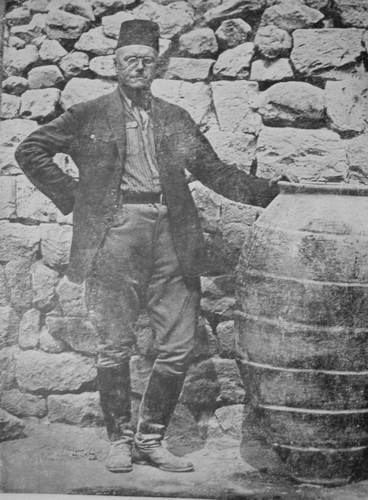
Later in his life, he tried to decipher the hieroglyphic script used by the Hittites and scripts used in ancient India and Crete, but failed in his effort. From 1919 to 1952, he was a Professor of cuneiform research and ancient Oriental history at the Charles University in Prague. After the German occupation of Czechoslovakia he was made rector of the Charles University.
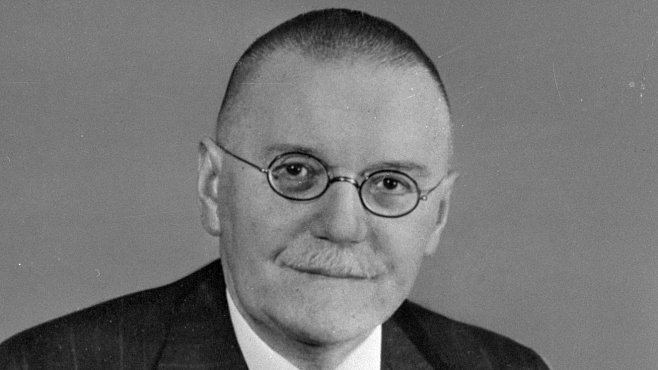
A heart attack in 1944 ended his scientific work.
Deciphering of the Hittite language
To solve the mystery about the Hittite language, Bedřich Hrozný used two sentences that appeared in a text that reads NINDA - an ezzatteni watar - ma ekutteni. It was known at that time that the ideogram for NINDA meant bread in Sumerian. Hrozný thought that the suffix -an was perhaps the Hittite accusative. Then, he assumed that the second word, ed-/-ezza, had something to do with the bread and assumed that it could be the verb to eat. The comparison with the Latin edo, the English eat and the German essen led to the assumption that NINDA - an ezzatteni means "you will eat bread". In the second sentence, Hrozný was struck by the word watar that has similarities to the English water and German Wasser. The last word of the second sentence, ekutteni, had the stem eku-, which seemed to resemble the Latin aqua (water). So, he translated the second sentence as "you will drink water". Using these insights, Hrozný continued his work and was able to publish the Hittite grammar in 1917.
